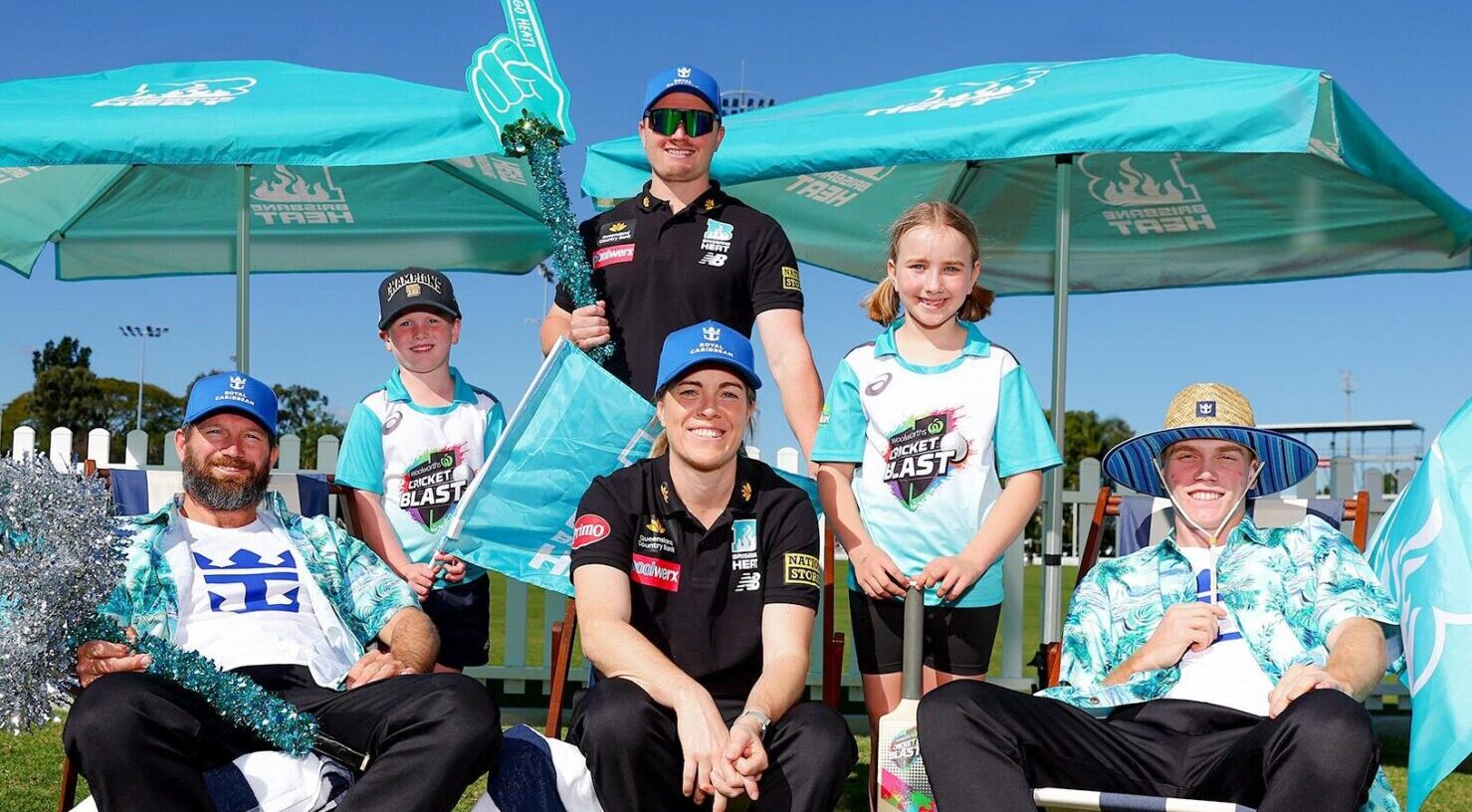Research from Victoria University has revealed uniforms play a major role in teenage girls’ participation in sport.
The study, funded by the Victorian government’s Change Our Game grant, highlighted many girls drop out of physical activity because they do not feel comfortable or confident in the clothing they are required to wear.
312 girls, aged between 12-18 years old, took part in the Victorian-based survey, with the results revealing key preferences such as stretchy, breathable fabric, and shorts and t-shirts over the more traditional skirt or dress.
Data also highlighted at school sport, 90% of girls prefer to wear shorts, 94% prefer t-shirts, and 61% prefer not to wear skirts.
Victoria University professor and lead researcher, Clare Hanlon, said functionality and comfort are major factors.
“Girls prefer function over fashion,” Hanlon told Ministry of Sport.
“They want material that hides sweat and is breathable, and they want dark coloured bottoms.
“By feeling comfortable in what they’re wearing, it will help them then move towards remaining in sport,” she said.
Hanlon also said girls would prefer uniforms made specifically for girls, and not have to pick from unisex options.
Prominent female athletes such as Naomi Osaka and Serena Williams have exhibited some of these new dress standards and conventions.
Notably, Osaka wore tights under a skirt at the 2021 Australian Open in Melbourne, symbolising a new direction for professional female sports uniforms.
According to the Office for Women in Sport and Recreation acting director, Rebekah Lacy, these role models play a key role in encouraging girls to participate in sports in a uniform they feel comfortable wearing.
“You can’t be what you can’t see,” Lacy told Ministry of Sport.
“Adolescent girls and boys have role models who they can see themselves in.
“Making those uniform changes will make a huge difference to young girls who are looking up to those role models,” she said.
The report found six key sport uniform needs for girls, including uniforms that make them feel ‘ready’ for sport, a well-suited fit, dark-coloured bottoms, appropriate materials, non-unisex clothing, and not being over-exposed.
Hanlon said she believes these findings, along with the influence of female sports stars will encourage apparel brands and retailers to start listening.
“For girls to see that you have a choice, that is really important,” Hanlon said.
“It sends a strong message to apparel brands and retailers in the context of them showing their understanding of what girls want.
“There’s a need to advertise and promote what will help girls, and what they need from sports clubs, in order to showcase girls participating in sports with dark coloured bottoms or leggings,” she told Ministry of Sport.
Lacy said the infographics created from this study can create notable change at the grassroots level.
“It will help us learn what the barriers are for girls pursuing lifelong participation in sport,” Lacy told Ministry of Sport.
“The result of our investment in this research is a really practical infographic and guideline for decision-makers in sport.
“To achieve positive cultural change, we need a multifaceted approach, and we will continue to work very collaboratively with the sports sector,” she said.
Not only is there a potential for tangible changes in the uniforms offered for teenage girls playing sport, but the long-term impacts on female participation in sport could be a significant upside.
“Participation across the board is up,” Lacy said.
“Sports have done a really good job over the pandemic in providing different offerings but it might be in a few year’s time that we’ll see the full impact of this.
“There are more girls having positive experiences as a player, or even simply being involved in a sport.
“We need to make sure that their commercial partners and uniform suppliers are aware of this; it’s in everyone’s best interest to have more options and more girls participating,” she said.
Hanlon said a number of retailers have contacted her since the report was released and have shown interest in developing their products to suit the needs of girls in sport.
With the study highlighting the need for apparel suited specifically to teenage girls, retailers and suppliers are encouraged to provide options not simply unisex or for adult women.
Raising awareness and creating discussion is important, but she believes proactive decision-making from retailers and organisations is imperative.
“What’s important is for them to action this, showcasing and promoting that they understand the need for girls in sport,” Hanlon said.
“Girls are the grassroots level, and we need to retain them.
“A lot of these findings we already know, but it provides evidence, and encourages clubs and organisations to take action.
“This is something that can be changed sooner rather than later,” she told Ministry of Sport.







